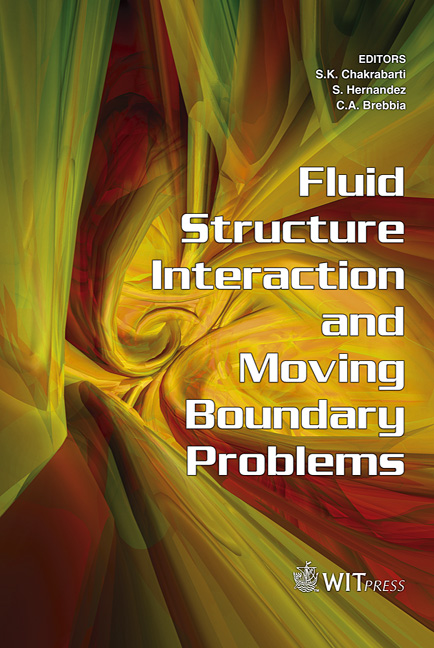A Cartesian Method For Mixing Tank Simulation
Price
Free (open access)
Transaction
Volume
84
Pages
10
Published
2005
Size
317 kb
Paper DOI
10.2495/FSI050551
Copyright
WIT Press
Author(s)
J. N. Thornock & P. J. Smith
Abstract
We present a study of a Cartesian grid method termed the Cell Adjusted Boundary ForceMethod (CABFM) and analyze its potential for reacting mixing tank simulations. CABFM represents the geometry separately from the fixed Cartesian mesh on which the momentum equations are solved, allowing the geometry to move freely or with a prescribed motion. The moving geometry does not alter the underlying Cartesian lattice. This Cartesian method is akin to an immersed boundary method, whereby a force vector representing the moving boundary is added to the momentum equations. CABFM adds complexity to represent the geometry from traditional immersed boundary methods by altering intersected cells using volume and area fraction quantities. We analyze simple, laminar, mixing tank configurations with chemical reaction. The reaction set considered consists of two, parallel competing reactions. The resulting flow field obtained from the simulations compares well with experimental data. Selectivity of the slow reaction is measured after a period of time and qualitatively compares well with experimental data. Keywords: Cartesian methods, mixing tanks, immersed boundaries, parallel reactions. 1 Introduction In this paper, we present a method for solving the incompressible Navier-Stokes equations and scalar transport on a staggered, Cartesian, finite volume mesh for complex, moving boundaries. The numerical CFD grid is static for all time while the geometry is moved with a prescribedmotion across the CFD grid creating arbitrary intersections. No remeshing of the CFD grid is necessary to accommodate the moving boundary.
Keywords
Cartesian methods, mixing tanks, immersed boundaries, parallel reactions.





